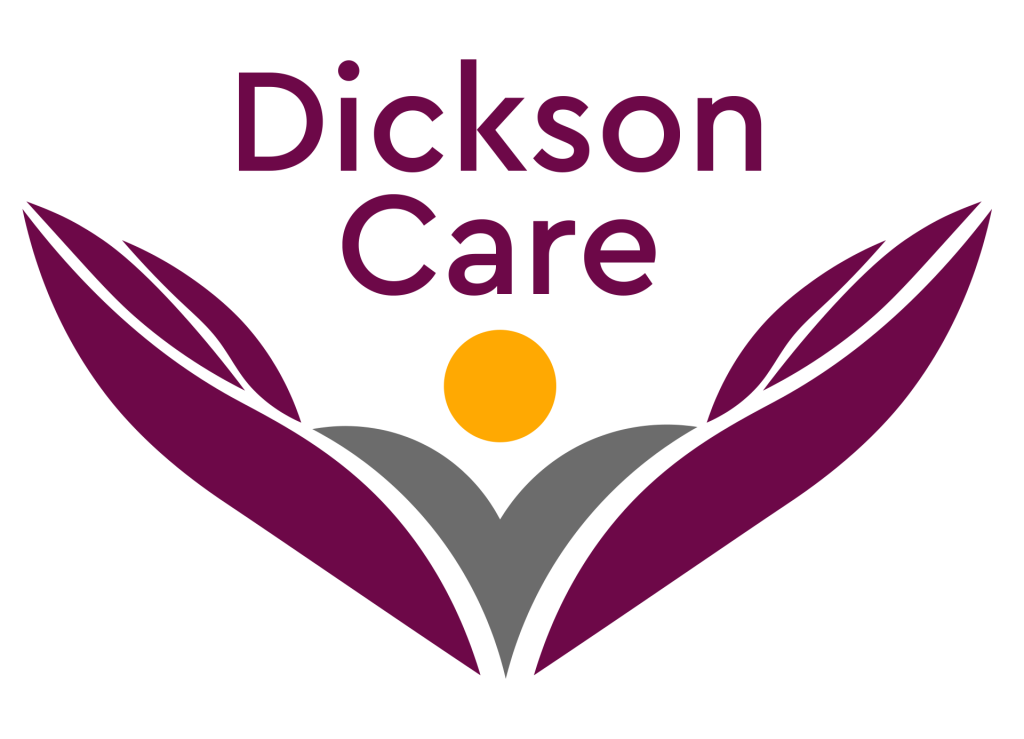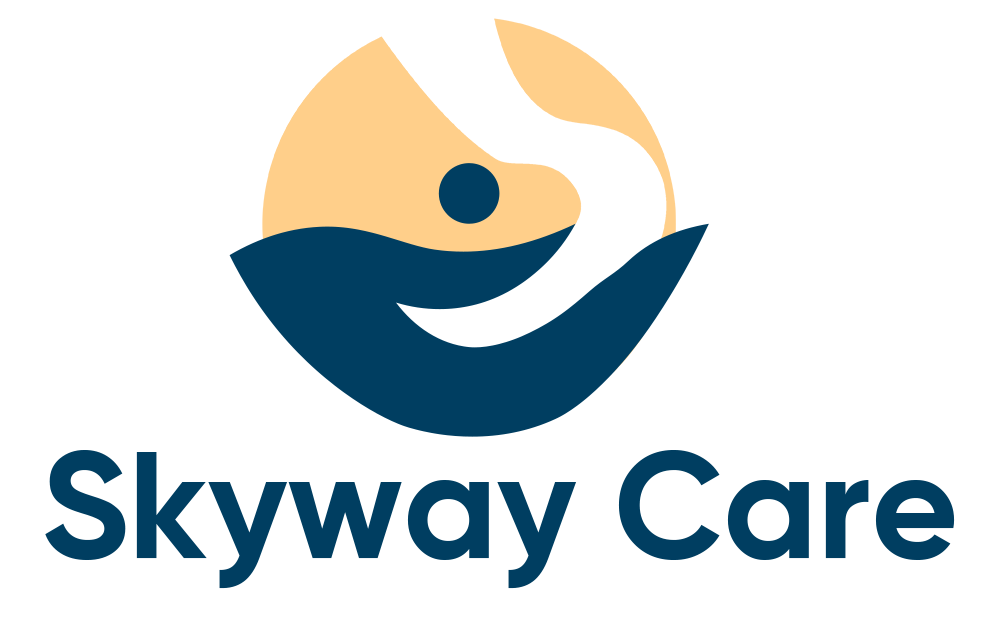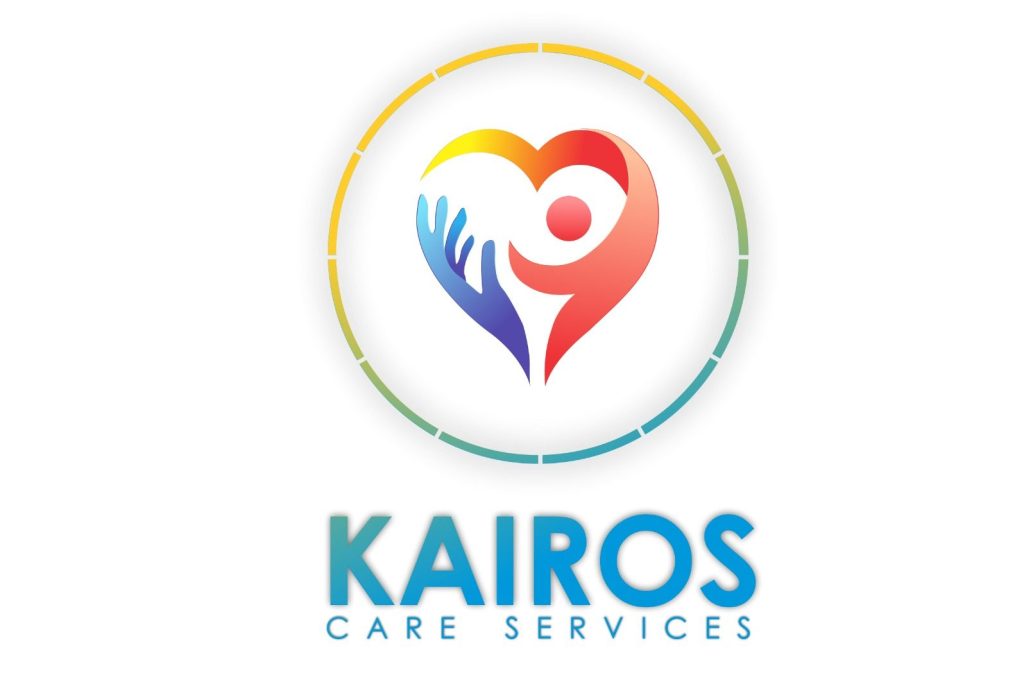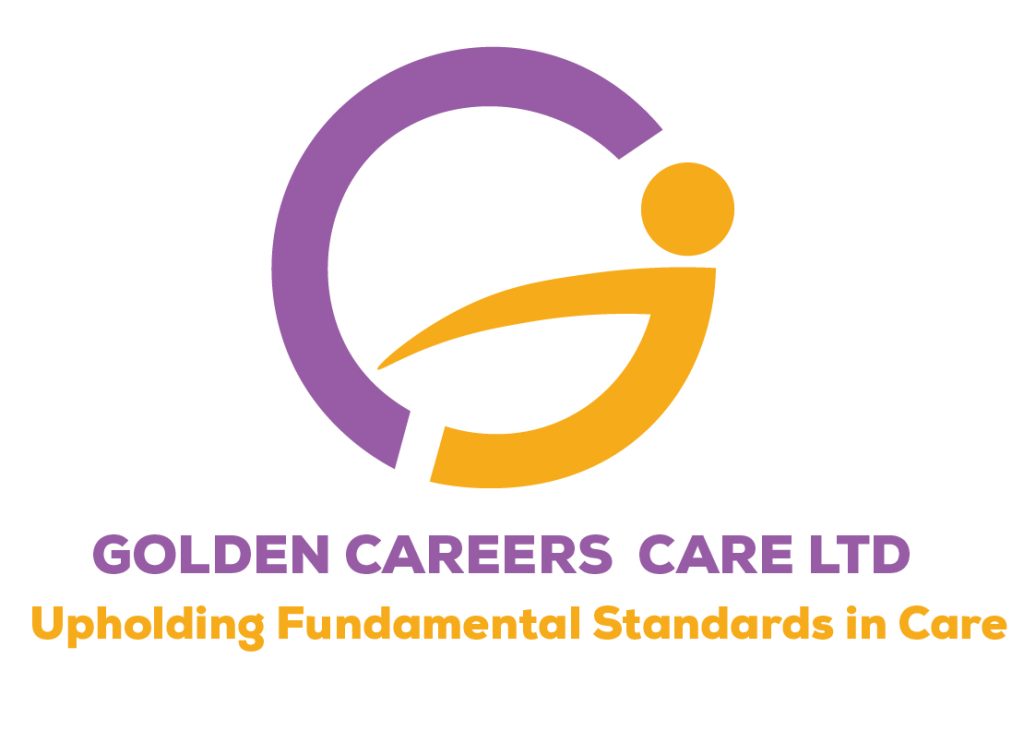What is a CQC Statement of Purpose? (and why I never treat it as “just paperwork”)
- A CQC Statement of Purpose is a concise, legal description of what you do, where you do it, and who you do it for. Every registered provider must keep it accurate and up to date and send it to the Care Quality Commission (CQC).
- The duty arises under the CQC (Registration) Regulations 2009 Regulation 12 which require you to submit a Statement of Purpose that covers the information in Schedule 3. CQC can take enforcement action for breaches.
Why it matters for Outstanding (my practitioner’s view)
- Sets your scope and strategy so you only accept work you’re resourced and competent to deliverreducing risk and “scope creep”.
- Anchors your evidence across the Single Assessment Framework (Safe, Effective, Caring, Responsive and Well-led) and its quality statements turning inspection lines of enquiry into day-to-day behaviours.
- Drives “Well-led” and Regulation 17 Good Governance by signposting your structures, audits and improvement cycles.
- Underpins registration and changes control. CQC expects you to notify and supply revisions within 28 days when details change.
What your Statement of Purpose must include (use this as your master checklist)
- About your organisation: legal status, registered name, address (including address for service), contact details and partners (if any).
- Aims & objectives: what you intend to achieve for people using your service.
- Locations: address and description, service type at/from each location, service user needs, regulated activities delivered, registered manager(s) and coverage.
- Registered managers: full details, notices address, locations and % time at each, activities they manage and job-share arrangements.
- (Tip): Use the CQC templates (Parts 1–4) to structure this cleanly.
How to write a CQC Statement of Purpose
- Speak the inspector’s language: map each aim or objective to relevant quality statements (e.g., Learning culture, Safe and effective staffing, Equity in access) and indicate how you evidence each.
- Make scope crystal-clear: list regulated activities, service user bands, inclusion or exclusion criteria, and escalation or transfer arrangements.
- Thread outcomes and metrics throughout: define 5–7 headline KPIs (e.g., medication errors per 1,000 calls, timely visits, PROMs/PCOMs and complaints response times) and how you review them under Regulation 17.
- Show capacity and competence: staffing model, skill mix, training matrix and how it meets your stated scope (ties directly to Well-led and Safe).
- Embed co-production & equality: how people’s voices, accessibility and human rights inform.
Operationalise it (turn the document into daily practice)
- Onboarding: induct every new starter to the Statement of Purpose and test understanding during probation.
- Governance cycle: table a quarterly review at QI/Clinical Governance with an annual refresh log updates, version control and linked policies under Reg 17.
- Change control: when you add a location, service user band or regulated activity revise the Statement and notify CQC using their form. Attach the revised document.
- Public narrative: share a plain English summary (website or service guide) so people know what to expect (aligns with person-centred care in the Fundamental Standards).
Evidence to have at your fingertips (inspection-ready pack)
- Latest signed Statement of Purpose with version history and approvals.
- Organisational chart, Registered Manager’s time split across locations and provider or manager responsibilities as described in your Statement (Well-led).
- KPIs dashboard and improvement actions clearly linked back to aims and objectives.
- Change notifications to CQC with email proof for past 24 months.
Common pitfalls (and my fixes)
- Copy-paste templates with generic aims → write measurable service-specific objectives and evidence routes.
- Mismatch between scope and practice (e.g., taking complex packages outside competency) → tighten acceptance criteria; signpost referral or step-up pathways.
- Out-of-date locations/RM cover → diarise quarterly checks; update and notify within 28 days.
- No line of sight to quality statements → add a one-page SoP → Quality Statements map used at team huddles/QI.
If you also run children’s services (quick note)
- Children’s Homes must have a Statement of Purpose covering Schedule 1 and provide it to HMCI and keep it available for staff, children, parents and placing authorities.
- Supported Accommodation (16–17s) must compile a Statement of Purpose including ethos, categories offered, outcomes sought and safeguarding arrangements.
Quick start (free resources worth using)
CQC Statement of Purpose templates (Parts 1–4) and the supporting documents list for registrations excellent for structure and content control.
Want an Outstanding ready CQC Statement of Purpose?
I can review or build yours end-to-end including KPI design, governance mapping and a notification pack for CQC changes.


















